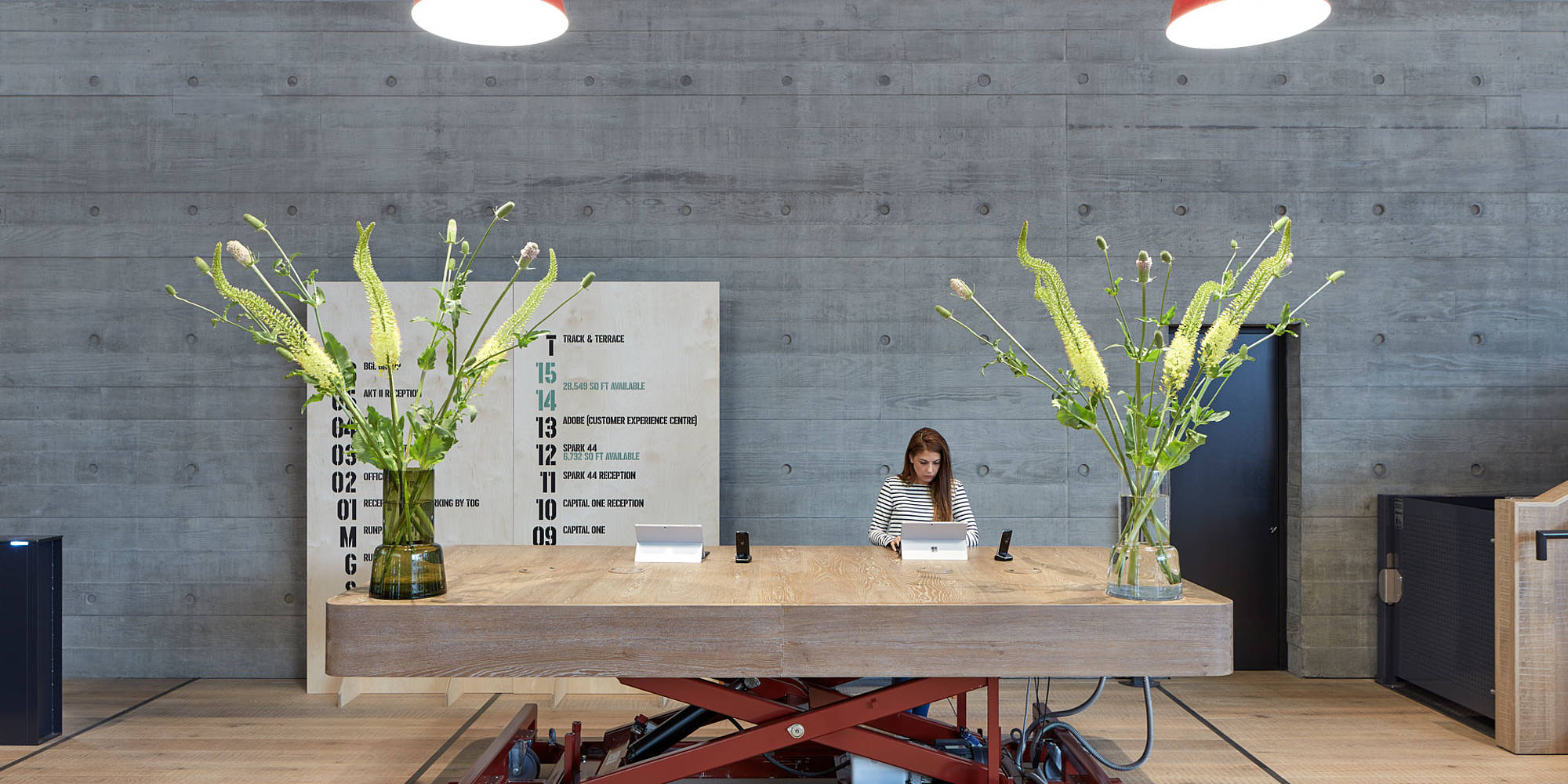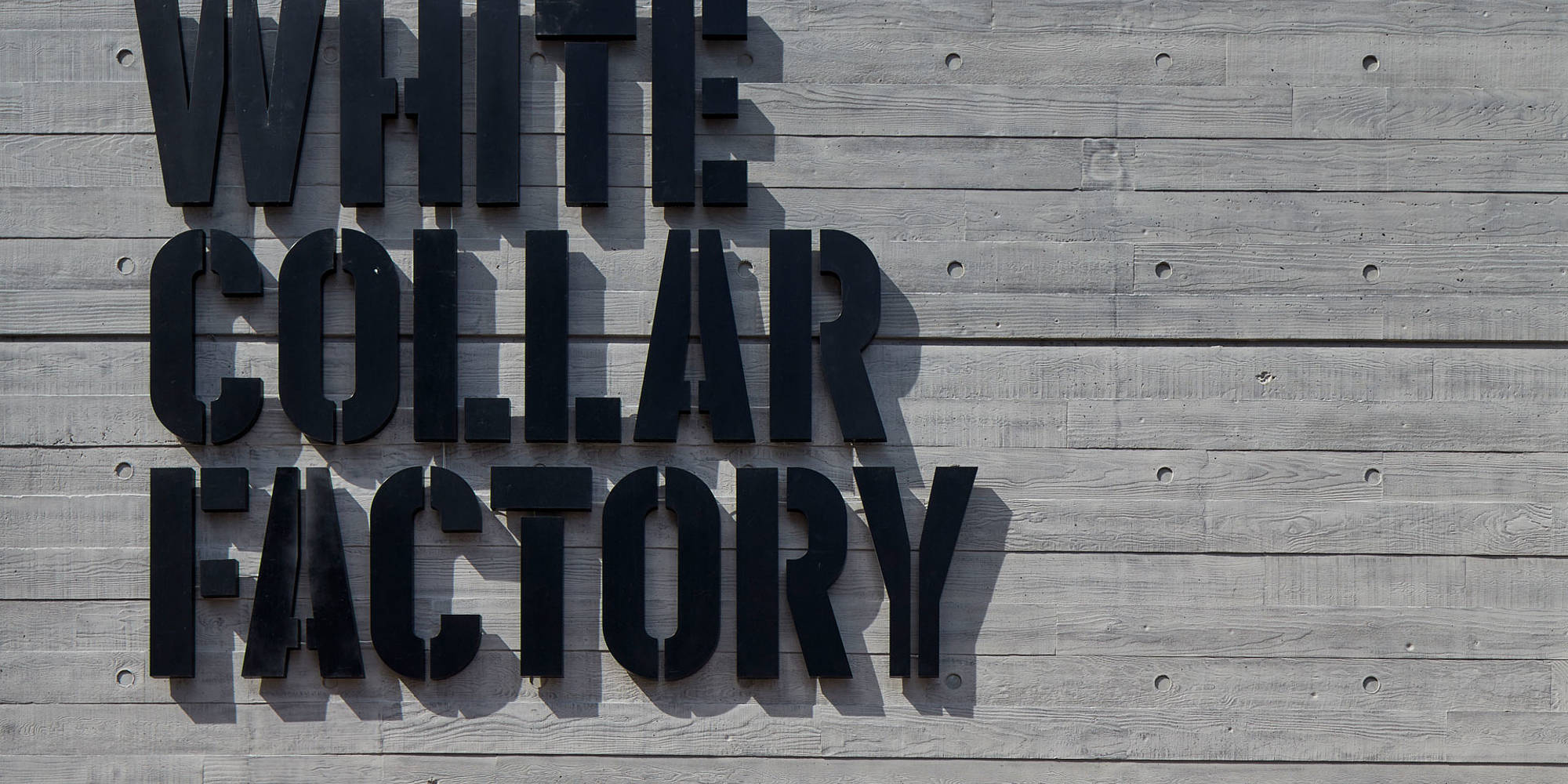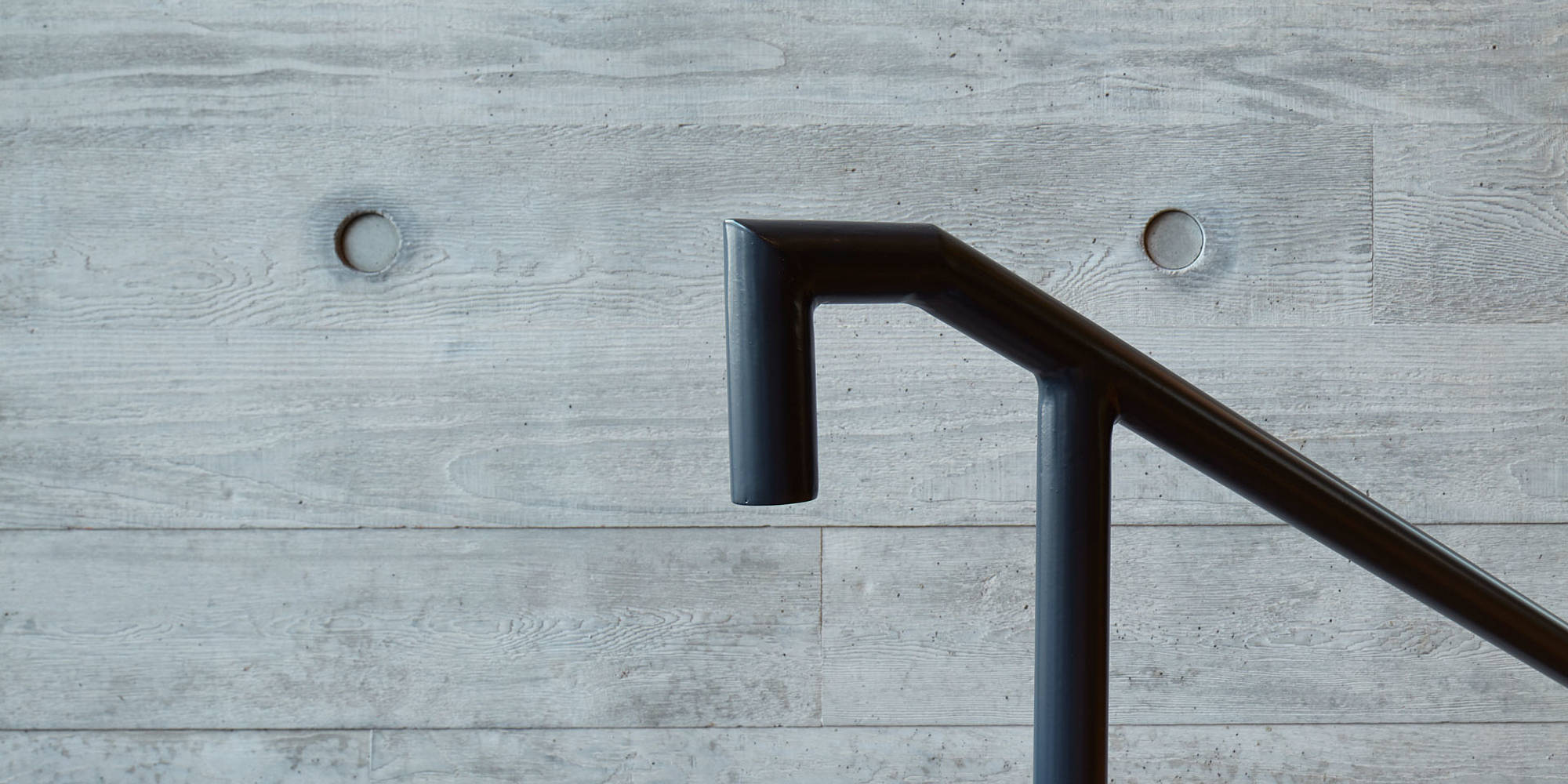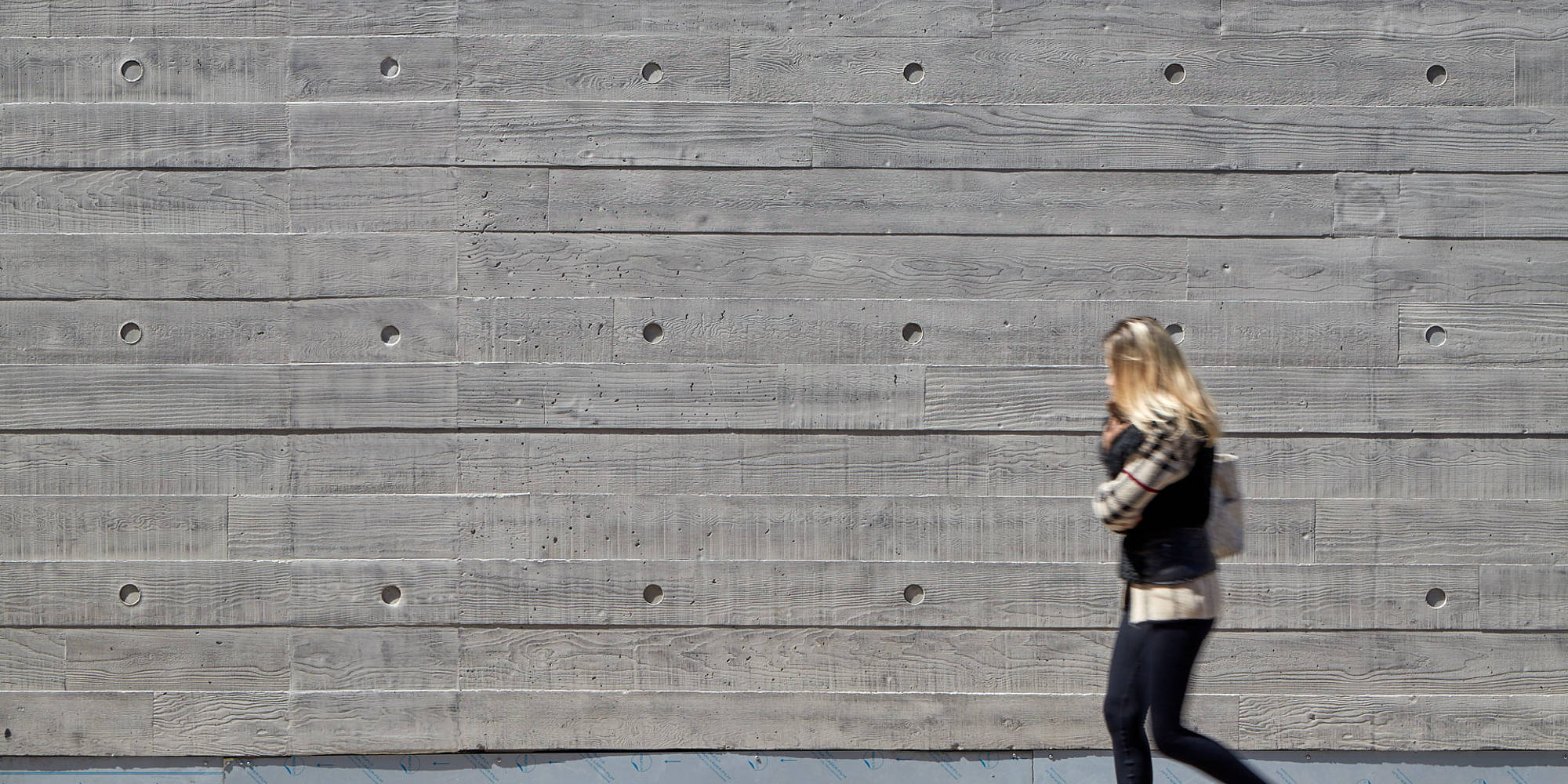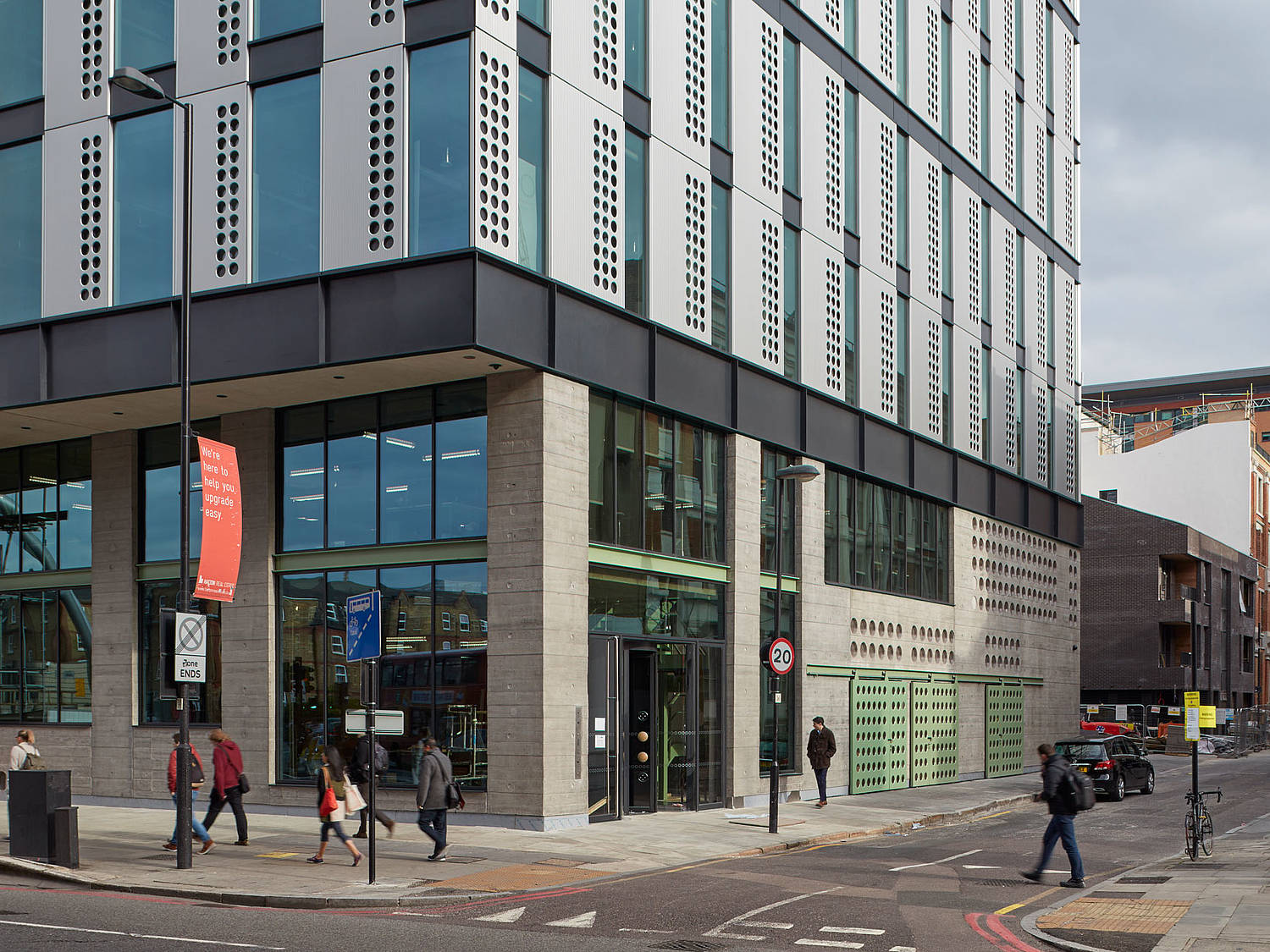White Collar Factory, London, England
White Collar Factory in London is inspired by masters of their profession and enriched by modern technology and high design standards. The combining element: concrete.
In the center of London’s technological heart, a pioneering building has been created. White Collar Factory - a complex of six buildings on Old Street Yard - draws the eye with its office tower: its construction combines influences from the past with new technologies to become a true landmark in the city’s Silicon Roundabout.
The 22,000 square meter office building features 16 floors with generous volumes, a 150 meter long running track for employees and a rooftop bar with panoramic views of London. “The clients wanted a landmark,” said architect Steve Taylor from the London-based firm AHMM.
Developer Derwent London focuses on office spaces that put people at the forefront and that reflect the construction principles of the great factory halls of the 20th century. Their vision is a cross between Frank Lloyd Wright’s expansive, great working room at the Johnson Wax Headquarters and the industrial design of French designer Jean Prouvé.
To translate the principles of these two masters to suit our modern time, Derwent analyzed industrial factory buildings halls with the architects from AHMM and the engineering firms AKT II and Arup in a study spanning several years. The team identified five basic principles: high ceilings, deep floor plans, simple facades, concrete structures and clever features.
For 1 million pounds, the project team even built a prototype that was tested for several months. The test was necessary because of one of the building’s most important details: passive cooling using the concrete core cooling system. Also inspired by Frank Lloyd Wright, pipes were set into the concrete, then filled with chilled water to absorb heat from the concrete. This passive cooling means that standard air regulation via air conditioning is superfluous. The absence of air currents in the working areas makes for a much more pleasant indoor climate.
Concrete core cooling is just one example of how concrete has taken center stage at the White Collar Factory. “Concrete doesn’t just make up the structure of the building, but also its architectural language and its surroundings,” said Rob Patridge from the AKT II engineering firm. The project team followed a design concept that integrates concrete at several levels and brings all of these levels together in harmony. The concreted frame is the backbone of the building, the concrete core cooling its veins and the visible concrete walls its skin.
